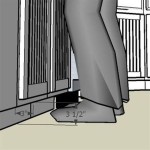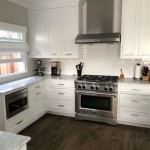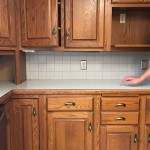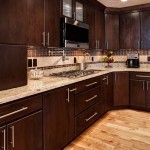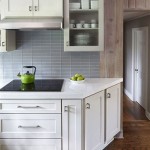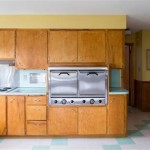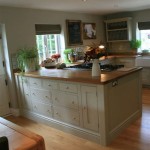Essential Aspects of Installing Kitchen Cabinet Doors
Installing kitchen cabinet doors requires precision and attention to detail to ensure a seamless and visually appealing finish. The intricate process involves essential aspects that contribute to both the functionality and aesthetics of the cabinetry. Understanding these key components will not only guide the installation but also ensure long-lasting performance and resilience.
This article delves into the crucial aspects of putting up kitchen cabinet doors, providing insights into the precise techniques, proper tools, and fundamental principles that underpin successful installation.
1. Preparation and Planning
Prior to installation, thorough preparation is essential. This includes carefully measuring the cabinets and doors, marking hinge placement, and ensuring that all necessary hardware is available. Proper planning allows for efficient and accurate installation, minimizing any potential setbacks or errors.
2. Selecting the Right Hinges
The choice of hinges is critical for ensuring smooth door movement and longevity. Consider the weight of the doors, the frequency of use, and the desired functionality. Various hinge types are available, such as overlay, semi-overlay, or inset, each offering specific advantages and aesthetic considerations.
3. Installing the Hinges
Precise hinge installation is crucial for proper door alignment and operation. Using a drill and appropriate drill bit, bore holes for the hinges according to the manufacturer's instructions. Secure the hinges firmly with screws, ensuring they are level and plumb. A countersink bit can be used to create recessed screw holes for a flush finish.
4. Hanging the Doors
Handle the cabinet doors with care during installation to prevent damage. Position the doors onto the hinges, aligning them carefully. Secure the doors with screws, ensuring they are tightened adequately but not excessively. Adjust the hinges as needed to level the doors and eliminate any gaps or unevenness.
5. Installing the Pulls and Knobs
Door pulls and knobs provide both functionality and aesthetic appeal. Determine the preferred placement for these hardware elements, ensuring they are centered and level. Using a drill and appropriate drill bit, bore holes for the screws. Secure the pulls or knobs firmly, ensuring they are securely attached.
6. Inspection and Final Adjustments
Once all doors are installed, conduct a thorough inspection to ensure proper alignment, functionality, and aesthetics. Inspect the doors for any gaps, unevenness, or binding issues. If necessary, make fine adjustments to the hinges or hardware to achieve a precise fit and smooth operation.
Conclusion
Putting up kitchen cabinet doors is a multifaceted process that demands attention to detail and a meticulous approach. By understanding the essential aspects outlined in this article, you can ensure a successful installation that enhances the functionality and beauty of your kitchen space. Whether you're embarking on a DIY project or seeking professional guidance, these fundamental principles will provide a solid foundation for impeccable cabinet doors.

Installing Lift Up Stay Open Cabinet Door Hardware Sawdust Girl

10 Simple Ideas To Update Your Kitchen Cabinets Jenna Sue Design

How To Make Diy Cabinet Doors Without Fancy Router Bits

Cutting Down A Few Cabinet Doors To Fit Young House Love

How To Replace Kitchen Unit Doors

Cutting Down A Few Cabinet Doors To Fit Young House Love

10 Simple Ideas To Update Your Kitchen Cabinets Jenna Sue Design

How To Make Diy Cabinet Doors Without Fancy Router Bits

9 Kitchen Cabinet Installation Ideas Installing Cabinets Diy

Cabinet Door Styles 101 Shaker Raised Panels And More Vevano
Related Posts

